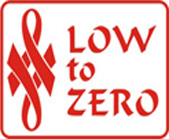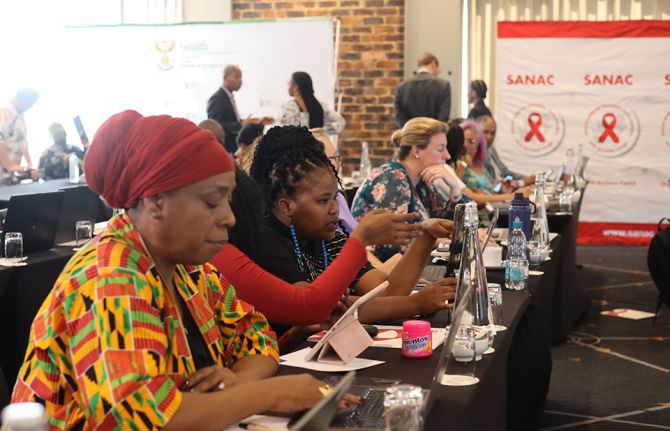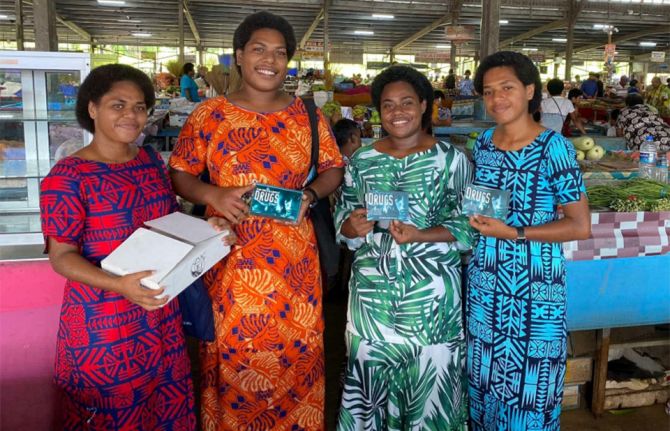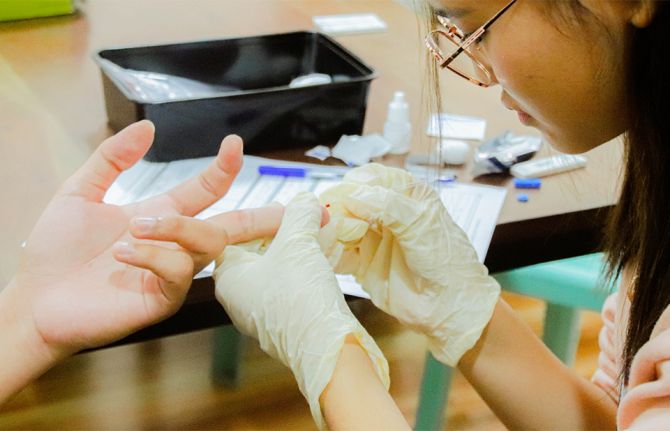
Feature Story
Asia Pacific: Call for action on AIDS
01 November 2006
01 November 2006 01 November 2006
Asia and Pacific countries with low HIV prevalence rates called for action to increase sustainable HIV prevention efforts and funding for AIDS, at the ‘Low to Zero’ Asia Pacific regional conference that took place in Mongolia from 24 – 27 October.
“Whether a country is low prevalence or high prevalence, the risk factors are the same, and HIV prevention efforts need to be focused to be most effective,” the Director of the UN Programme on HIV/AIDS (UNAIDS) Regional Support Team for Asia and the Pacific, J.V.R. Prasada, told the meeting of 10 countries in Ulaanbaatar, Mongolia.
Countries where HIV is still relatively rare have a window of opportunity to avoid more serious epidemics cost-effectively. But it is essential that they invest in sustainable and focused prevention efforts, and actively counter the stigma of HIV and the taboos that hinder addressing risky behaviours.
This was the conclusion of the First Asia-Pacific Regional Conference on Universal Access to HIV Prevention, Treatment, Care and Support in Low Prevalence Countries, where experts from governments, civil society and international organizations shared experiences and strategies for strengthening national AIDS programmes.
Opening the conference, Prime Minister Enkhbold Miyegombo announced that Mongolia had re-established its national AIDS committee, and pledged to step up action against HIV. “I believe that the low prevalence of HIV is not a reason to limit the allocation of domestic and international financial resources to HIV prevention,” he stated.
Delegates adopted the Ulaanbaatar 2006 Call for Action, highlighting the priorities of an effective response to the epidemic such as improving surveillance systems, so they can better understand factors driving the epidemic and target interventions to those most at risk.
National AIDS action plans need adequate funding, ambitious but realistic targets, high-level political commitment, and the full involvement of civil society, the Call said, urging governments and international donors to increase support for national HIV prevention programmes.
Participants agreed that focused prevention efforts are urgently needed for people most at risk, including sex workers and their clients, injecting drug users, men who have sex with men and young migrants. Efforts should also be made to raise general awareness about AIDS to help break down AIDS-related stigma and discrimination. Despite a few notable successes in containing the epidemic, infections continue to rise throughout Asia and the Pacific region and have reached concentrated levels in a number of countries.
The Government of Mongolia organized the four-day meeting, which ended on Friday, in partnership with the UN Population Fund (UNFPA), the UN World Health Organization (WHO), UN Children’s Fund ( UNICEF), the UN Development Programme (UNDP) and UNAIDS. The 10 countries attending were: Bangladesh, Bhutan, Democratic People’s Republic of Korea (DPRK), Fiji, Laos, Malaysia, Maldives, Mongolia, Sri Lanka and the Philippines.



